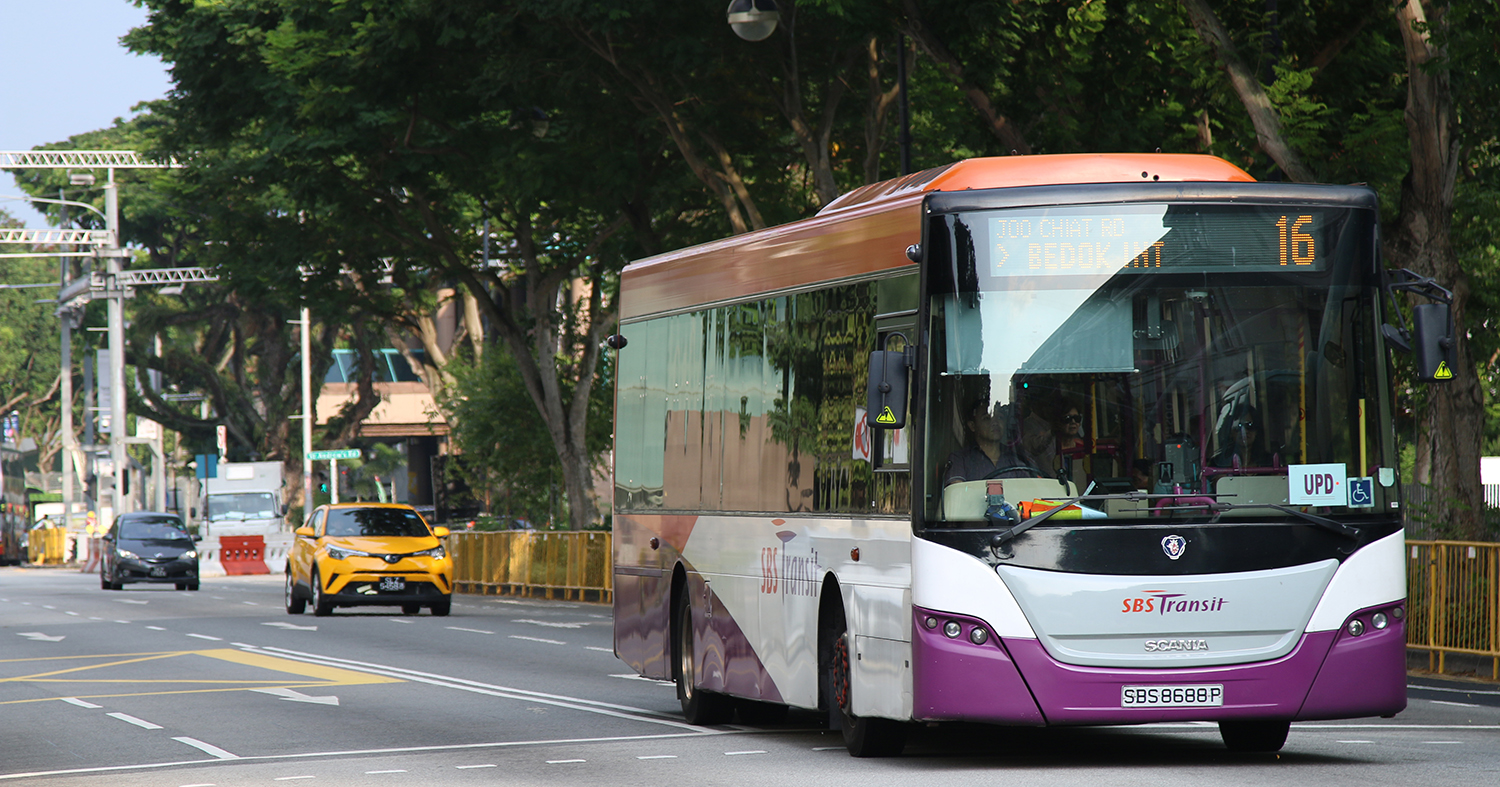If you remember, the Public Transport Council (PTC) announced in September that it had commenced its fare review exercise for 2018.
One of the council members, Vincent Chua, an associate professor at the Singapore University of Social Sciences, told The Straits Times that the adjustment “should not result in fares increasing by more than 10 cents per journey”.
The fare increases at a glance
The PTC confirmed on Oct. 30 that fares will increase by a maximum of 10 cents (roughly about 4.3 per cent). Here are the increases at a glance:
- Adult fare (paid by cards) will increase by 6 cents per journey.
- Senior citizen and student concession fares will increase by 1 cent per journey.
- Single trip train ticket fare and adult bus cash fare will increase by 10 cents.
- Senior citizen and student bus cash fares remain unchanged.
- Monthly concession passes and adult monthly travel passes remain unchanged.
What does this mean for you, the commuter, in absolute terms?
- Bus fares will start at 83 cents (up from 77 cents) by card, and S$1.50 (up from S$1.40) by cash.
- If you're tapping into train stations before 7:45am, train fares will start from 33 cents (up from 27 cents).
- If you're tapping into train stations after 7:45am, train fares start from 83 cents (up from 77 cents).
- Single train trips will start from S$1.50 (up from S$1.40).
There are lower fees for low wage workers and persons with disabilities:
- Bus fares start at 64 cents for lower wage workers (with a concession card), and 55 cents for persons with disabilities.
- Train fares also start at 64 cents for lower wage workers, and 55 cents for persons with disabilities. For those who bored before 7:45am, they will get a 50-cent discount.
- Persons with disabilities also do not need to pay additional fares for distances beyond 7.2km.
Why is there an increase in fare now?
The PTC noted that public transport fares have dropped for the past three consecutive years, by a total of 8.3 per cent:
- In 2015, fares dropped by 1.9 per cent.
- In 2016, fares fell by 4.2 per cent, and
- In 2017, fares dipped a further 2.2 per cent.
Plus, the PTC has implemented the use of a new formula to determine how much fares should be changed each year. This new formula takes into account the increasing gap between operational costs and fare revenue:
Here's the breakdown of the individual components that led to the 4.3 per cent figure:
Price Index: Core Consumer Price Index rose by 1.5 per cent.
Wage Index: Wage Index is used as a proxy for the wages of public transport workers such as bus captains. This rose by 3 per cent.
Energy Index: Energy prices rebounded by 26.2 per cent from the previous year.
Productivity Extraction: Based on half the productivity gain of public transport operators, this results in a downward adjustment of 0.1 per cent.
Network Capacity Factor (NCF): This is the newest component in the new fare adjustment formula. According to the PTC, this was determined as 3 per cent, indicating more supply than demand:
"Over the past five years, more than 1000 new buses were introduced through the Bus Service Enhancement Programme and Bus Contracting Model, and more than 200 new trains were injected to augment the public transport capacity.”
The PTC noted that the addition of the second and third phases of the Downtown MRT Lines (DTL) were not factored into this year's NCF calculation — which means it is likely this component may rise or remain positive for next year's. The Straits Times noted that public transport ridership this year fell by 1.8 per cent, exacerbating the difference in demand and supply.
And how exactly is the math worked out here?
Here's a nifty table shared with us by the Public Transport Council:
 Table courtesy of PTC
Table courtesy of PTC
SBS Transit, SMRT say they've been losing lots of money
After the PTC allowed for a maximum increase of 4.3 per cent, both rail operators (SMRT and SBS Transit) requested the full increase.
Both operators cited the rising cost environment and increase in amount of resources invested into running rail operations, adding that they have been incurring significant operating losses.
SBS Transit, which operates the DTL and the Northeast Line, cited the DTL operations, manpower increase and salary adjustments as basis for the full increase.
On the other hand, SMRT, which operates the North-South, East-West and Circle Lines, cited higher repair and maintenance costs as well as increased manpower needed. SMRT also said that repair and maintenance costs increased by a whopping 87 per cent between FY2015 and FY2018.
How much more will be collected in fares, and where will this go to?
The PTC estimates that giving the operators the full 4.3 per cent increase in fares will amount to a total of S$78.2 million more in fare revenue per year.
From train revenue, this breaks down to a S$10.9 million increase for SBS Transit and S$24.1 million increase for SMRT.
Bus fares collected will increase by S$43.2 million, and will go toward reducing bus operating subsidies (the S$1.1 billion that the government channelled into boosting our supply of buses).
In return, the PTC mandated that both operators have to contribute 5 per cent (amounting to S$1.75 million) of these increased fares collected to the government's Public Transport Fund, from which the Ministry of Transport will draw S$9 million to issue 300,000 public transport vouchers (its largest-ever number of vouchers issued) to subsidise travel for lower-income households.
The end.
Top image by Joshua Lee.
If you like what you read, follow us on Facebook, Instagram, Twitter and Telegram to get the latest updates.
